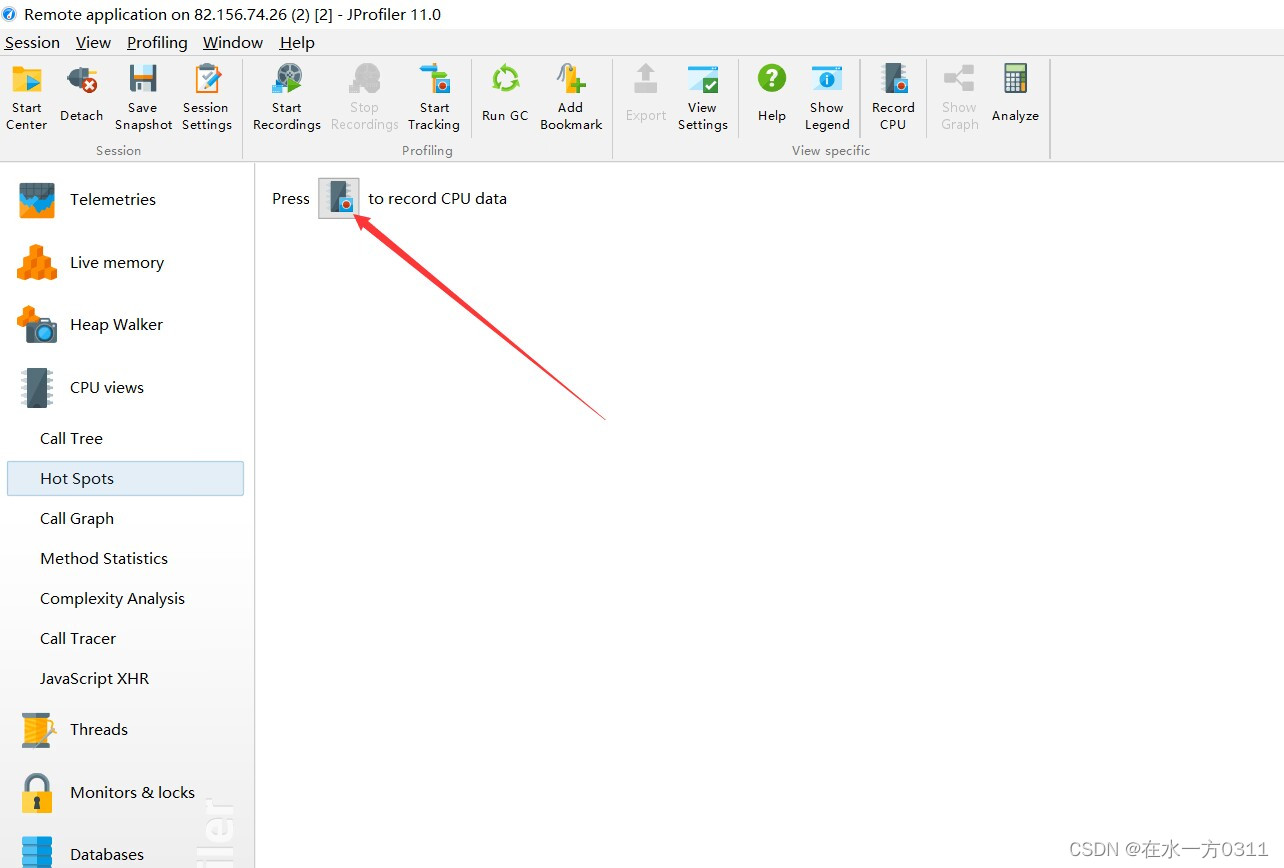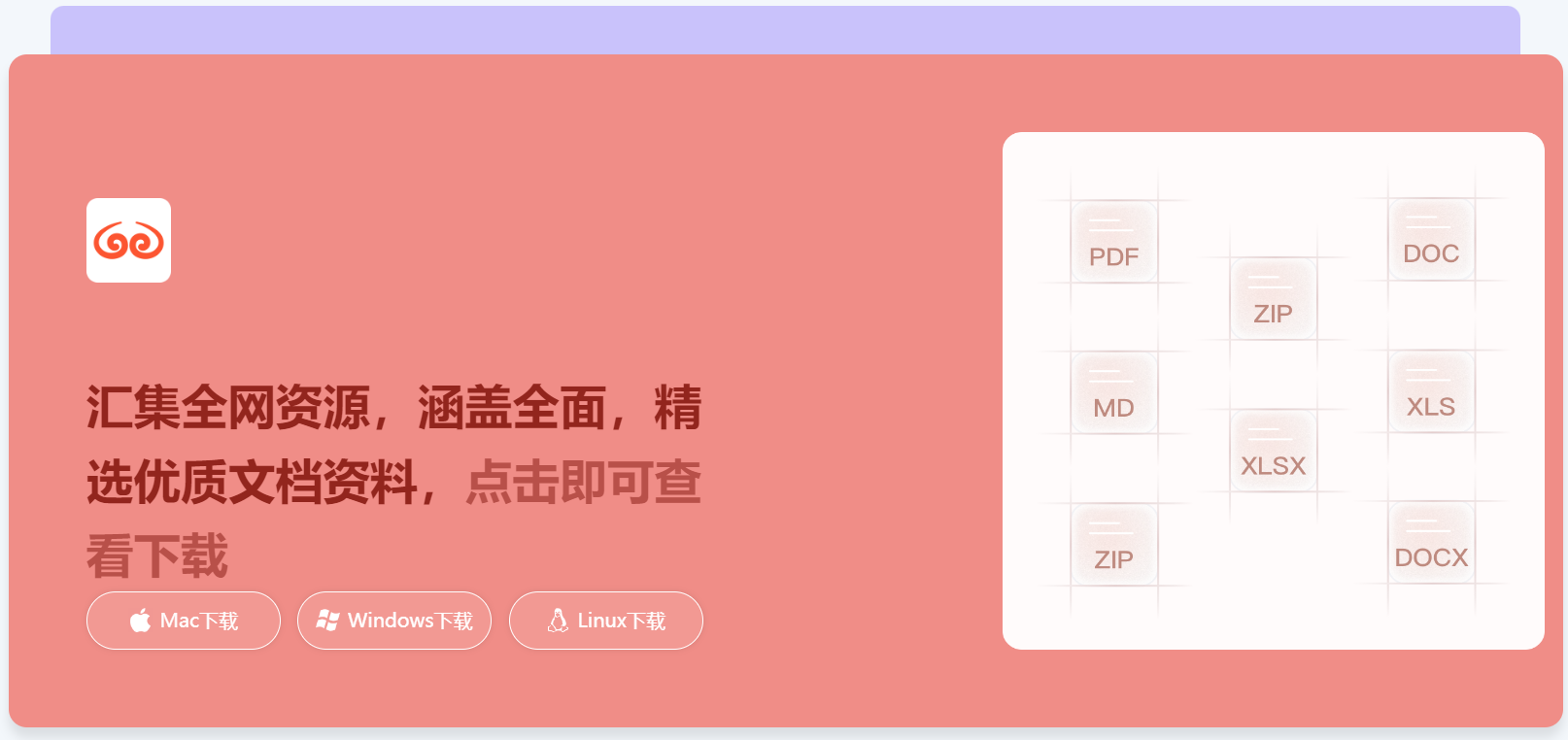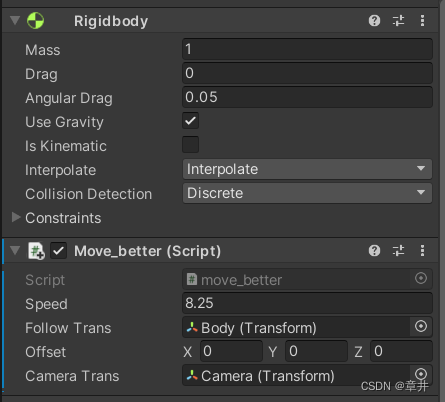1 Filter
Filter用于请求的过滤,如请求时,做登录的全局性校验
1.1 示例
在创建Filter前,可以通过启动Tomcat访问index.jsp
http://localhost:8080/Mvc-Demo/index.jsp
添加Filter后,重新启动Tomcat,并再次访问index.jsp
@WebFilter("/*")
public class TestFilter1 implements Filter {
@Override
public void init(FilterConfig filterConfig) throws ServletException {
}
@Override
public void doFilter(ServletRequest servletRequest, ServletResponse servletResponse, FilterChain filterChain) throws IOException, ServletException {
System.out.println("TestFilter1 doFilter");
}
@Override
public void destroy() {
}
}
此时浏览器不在展示Hello, World。 并且控制台输出doFilter()方法中的内容。
添加放行后, 重启Tomcat
filterChain.doFilter(servletRequest, servletResponse);
此时能够正常访问到webapp下的资源
1.2 拦截路径配置
- 拦截具体资源: /index.jsp 只有访问index.jsp时才会拦截
- 目录拦截: /user/*, 访问/user下的所有资源,都会被拦截
- 后缀名拦截: *.jsp, 范文后缀名为jsp的资源,都会被拦截
- 拦截所有: /*, 访问所有资源,都会被拦截
1.3 过滤器链
每个web应用,可以配置多个过滤器,多个过滤器链式调用执行
代码演示:
两个过滤器
@WebFilter("/*")
public class TestFilter1 implements Filter {
@Override
public void init(FilterConfig filterConfig) throws ServletException {
}
@Override
public void doFilter(ServletRequest servletRequest, ServletResponse servletResponse, FilterChain filterChain) throws IOException, ServletException {
System.out.println("TestFilter1 doFilter enter");
filterChain.doFilter(servletRequest, servletResponse);
System.out.println("TestFilter1 doFilter end");
}
@Override
public void destroy() {
}
}
@WebFilter("/*")
public class TestFilter2 implements Filter {
@Override
public void init(FilterConfig filterConfig) throws ServletException {
}
@Override
public void doFilter(ServletRequest servletRequest, ServletResponse servletResponse, FilterChain filterChain) throws IOException, ServletException {
System.out.println("TestFilter2 doFilter enter");
filterChain.doFilter(servletRequest, servletResponse);
System.out.println("TestFilter2 doFilter end");
}
@Override
public void destroy() {
}
}
index.jsp页面
<html>
<body>
<h2>Hello World!</h2>
<% System.out.println("index.jsp"); %>
</body>
</html>
启动tomcat后,访问index.jsp,日志输出
TestFilter1 doFilter enter
TestFilter2 doFilter enter
index.jsp
TestFilter2 doFilter end
TestFilter1 doFilter end
从日志可以看出,拦截器的执行逻辑是先执行放行前的逻辑,再执行拦截后的逻辑。
拦截器的执行顺序: 按照拦截器的名字来顺序执行
2 Listener
Listener是监听器,是JavaWeb三大组件(Servlet, Filter, Listener)之一
监听器可以监听application, session, request三个对象的创建,销毁
示例:
@WebListener
public class ContextLoaderListener implements ServletContextListener {
@Override
public void contextInitialized(ServletContextEvent servletContextEvent) {
System.out.println("contextInitialized ...");
}
@Override
public void contextDestroyed(ServletContextEvent servletContextEvent) {
System.out.println("contextDestroyed ...");
}
}
启动服务器,则可以看到在控制台输出的初始化日志
关闭服务器,也可以看到控制台中输出的销毁日志
3 Ajax
AJAX(Asynchronous JavaScript And XMl) 异步的JavaScript和XML
作用: 与服务器进行数据请求
示例:
服务端Servlet
@WebServlet("/ajaxServlet")
public class AjaxServlet extends HttpServlet {
@Override
protected void doGet(HttpServletRequest req, HttpServletResponse resp) throws ServletException, IOException {
resp.getWriter().write("hello ajax~");
}
@Override
protected void doPost(HttpServletRequest req, HttpServletResponse resp) throws ServletException, IOException {
this.doGet(req, resp);
}
}
前端
</head>
<body>
<script>
var xhttp;
if (window.XMLHttpRequest) {
xhttp = new XMLHttpRequest();
} else {
xhttp = new ActiveXObject("Microsoft.XML HTTP");
}
xhttp.open("GET", "http://localhost:8080/Mvc-Demo/ajaxServlet")
xhttp.send();
xhttp.onreadystatechange = function () {
if(this.readyState == 4 && this.status == 200) {
console.log(this.responseText)
}
}
</script>
</body>
</html>
请求 http://localhost:8080/Mvc-Demo/test_ajax.html 后,会看到servlet接口也有被请求
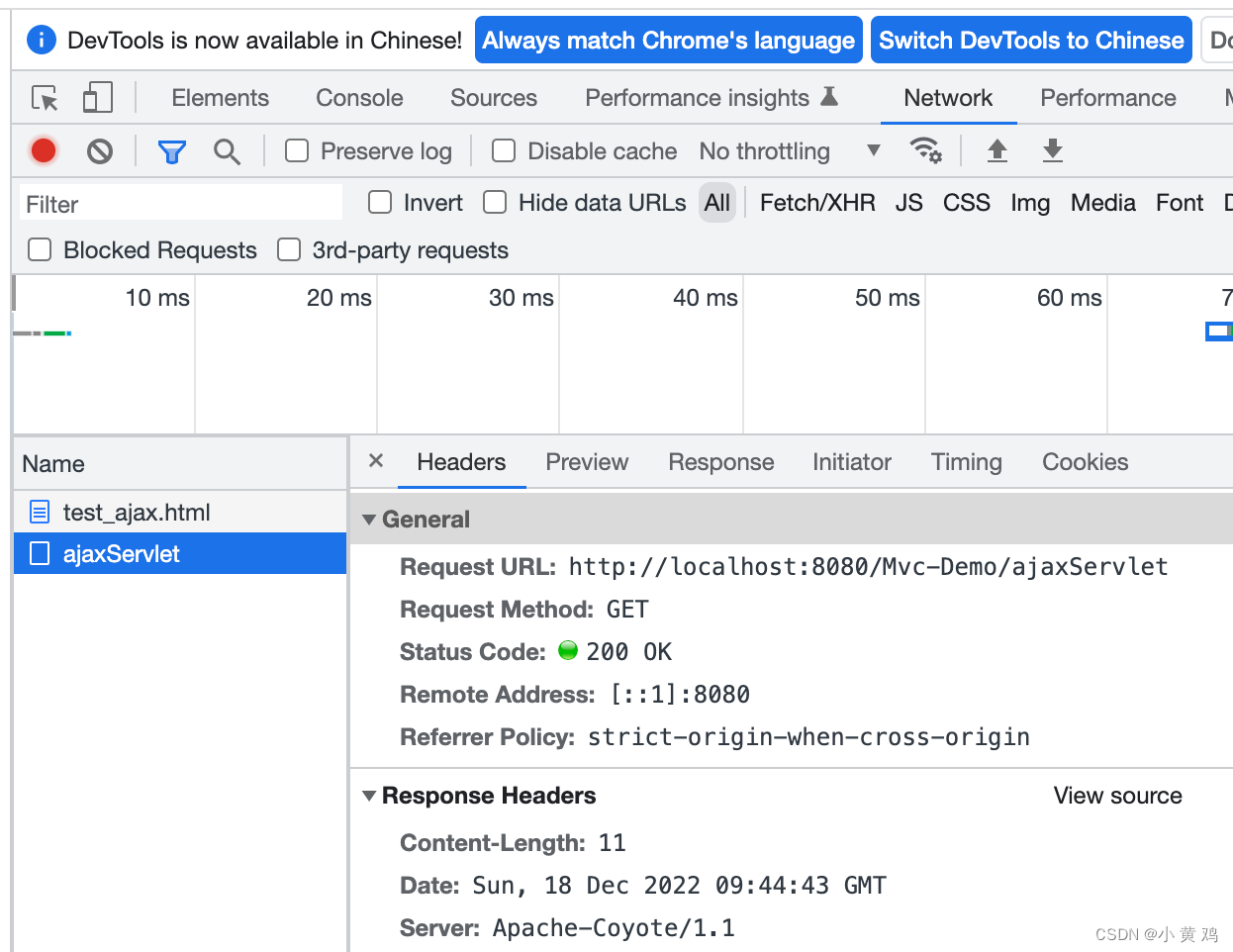
示例: 当光标失去焦点是,请求服务端
前端代码
<script>
document.getElementById("username").onblur = function () {
var username = this.value;
var xhttp;
if (window.XMLHttpRequest) {
xhttp = new XMLHttpRequest();
} else {
xhttp = new ActiveXObject("Microsoft.XML Http")
}
xhttp.open("GET", "http://localhost:8080/Mvc-Demo/selectUserServlet?username=" + username)
xhttp.send();
xhttp.onreadystatechange = function() {
if (this.readyState == 4 && this.status == 200) {
if (this.responseText == "true") {
document.getElementById("username_err").style.display = '';
} else {
document.getElementById("username_err").style.display = 'none';
}
}
}
}
</script>
servlet
@WebServlet("/selectUserServlet")
public class SelectUserServlet extends HttpServlet {
@Override
protected void doGet(HttpServletRequest req, HttpServletResponse resp) throws ServletException, IOException {
//模拟结果, 写死成true
boolean flag = true;
resp.getWriter().write("" + flag);
}
@Override
protected void doPost(HttpServletRequest req, HttpServletResponse resp) throws ServletException, IOException {
this.doGet(req, resp);
}
}
当输入框中失去焦点后,将会有用户名已存在的提示
4 axios
axios是对原生的ajax的封装
示例:
Servlet
@WebServlet("/axiosServlet")
public class AxiosServlet extends HttpServlet {
@Override
protected void doGet(HttpServletRequest req, HttpServletResponse resp) throws ServletException, IOException {
String username = req.getParameter("username");
System.out.println("username = " + username);
resp.getWriter().write("hello axios~");
}
@Override
protected void doPost(HttpServletRequest req, HttpServletResponse resp) throws ServletException, IOException {
this.doGet(req, resp);
}
}
Html
<!DOCTYPE html>
<html lang="en">
<head>
<meta charset="UTF-8">
<title>Title</title>
</head>
<body>
<script src="js/axios-0.18.0.js"></script>
<script>
axios({
method:"post",
url: "http://localhost:8080/Mvc-Demo/axiosServlet",
data: "username=lisi"
}).then(function (resp) {
console.log("resp.data = " + resp.data)
})
</script>
</body>
</html>
请求http://localhost:8080/Mvc-Demo/test_axios.html后,日志输出
resp.data = hello axios~
5 JSON
JavaScript object Notation JavaScript对象表示法
定义示例:
{
"name": "lisi",
"age": 14,
"city": "上海"
}
json解析
<!DOCTYPE html>
<html lang="en">
<head>
<meta charset="UTF-8">
<title>Title</title>
</head>
<body>
<script>
var jsonStr = '{"name" : "lisi", "age" : 15, "city" : "上海"}'
var jsonObj = JSON.parse(jsonStr);
console.log("name = " + jsonObj.name + ", age = " + jsonObj.age)
let jsonStr2 = JSON.stringify(jsonObj)
console.log("jsonStr2 = " + jsonStr2);
</script>
</body>
</html>
日志输出
name = lisi, age = 15
jsonStr2 = {"name":"lisi","age":15,"city":"上海"}
json作为异步请求参数
var jsObject = {name: "lisi"}
axios({
method:"post",
url: "http://localhost:8080/Mvc-Demo/axiosServlet",
data: jsObject
}).then(function (resp) {
console.log("resp.data = " + resp.data)
})
fastJson
fastjson是用来实现Java对象和字符串的转换
首先引入fastjson的依赖
<dependency>
<groupId>com.alibaba</groupId>
<artifactId>fastjson</artifactId>
<version>1.2.62</version>
</dependency>
测试代码
public class TestJson {
public static void main(String[] args) {
User user = new User();
user.setId(1);
user.setUsername("lisi");
user.setPassword("876");
String jsonStr = JSON.toJSONString(user);
System.out.println("jsonStr = " + jsonStr);
User user2 = JSON.parseObject(jsonStr, User.class);
System.out.println("user2 = " + user2);
}
}
日志输出
jsonStr = {"id":1,"password":"876","username":"lisi"}
user2 = User{id=1, username='lisi', password='876'}
6 案例
6.1 品牌列表示例
servlet代码
@WebServlet("/selectAllServlet")
public class SelectAllServlet extends HttpServlet {
private BrandService service = new BrandService();
@Override
protected void doGet(HttpServletRequest req, HttpServletResponse resp) throws ServletException, IOException {
List<Brand> brands = service.selectAll();
String jsonStr = JSON.toJSONString(brands);
resp.setContentType("text/json; charset=utf-8");
resp.getWriter().write(jsonStr);
}
@Override
protected void doPost(HttpServletRequest req, HttpServletResponse resp) throws ServletException, IOException {
this.doGet(req, resp);
}
}
js代码
<%--
Created by IntelliJ IDEA.
User: yl
Date: 2022/11/30
Time: 5:11 PM
To change this template use File | Settings | File Templates.
--%>
<%@ page contentType="text/html;charset=UTF-8" language="java" %>
<%@ taglib prefix="c" uri="http://java.sun.com/jsp/jstl/core" %>
<html>
<head>
<title>所有品牌</title>
</head>
<body>
<h1>${user.username},欢迎您</h1>
<hr>
<a href="addBrand.jsp"> <input type="button" value="新增"></a><br>
<table id="brandTable" border="1" cellspacing="0" width="80%">
<tr>
<th>序号</th>
<th>品牌名称</th>
<th>企业名称</th>
<th>排序</th>
<th>品牌介绍</th>
<th>状态</th>
<th>操作</th>
</tr>
</table>
<script src="js/axios-0.18.0.js"></script>
<script>
window.onload = function () {
axios({
method: "get",
url: "http://localhost:8080/Mvc-Demo/selectAllServlet"
}).then(function (resp) {
let brands = resp.data;
let tableData = "<tr>\n" +
" <th>序号</th>\n" +
" <th>品牌名称</th>\n" +
" <th>企业名称</th>\n" +
" <th>排序</th>\n" +
" <th>品牌介绍</th>\n" +
" <th>状态</th>\n" +
" <th>操作</th>\n" +
"</tr>";
for (let i = 0; i < brands.length; i++) {
let brand = brands[i];
tableData += "<tr align=\"center\">\n" +
" <td>" + (i + 1) + "</td>\n" +
" <td>" + brand.brandName + "</td>\n" +
" <td>" + brand.companyName + "</td>\n" +
" <td>" + brand.ordered + "</td>\n" +
" <td>" + brand.description + "</td>\n" +
" <td>" + brand.status + "</td>\n" +
" <td>\n" +
" <a href=\"/Mvc-Demo/selectByIdServlet?id=${brand.id}\">修改\n" +
" </a> <a href=\"#\"> 删除</a>\n" +
" </td>\n" +
" </tr>";
}
document.getElementById("brandTable").innerHTML = tableData;
})
}
</script>
</body>
</html>
6.2 品牌添加示例
servlet代码
@WebServlet("/addServlet")
public class AddServlet extends HttpServlet {
private BrandService service = new BrandService();
@Override
protected void doGet(HttpServletRequest req, HttpServletResponse resp) throws ServletException, IOException {
req.setCharacterEncoding("utf-8");
BufferedReader br = req.getReader();
String params = br.readLine();
System.out.println("params = " + params);
Brand brand = JSON.parseObject(params, Brand.class);
service.add(brand);
resp.getWriter().write("success");
}
@Override
protected void doPost(HttpServletRequest req, HttpServletResponse resp) throws ServletException, IOException {
System.out.println("doPost");
this.doGet(req, resp);
}
}
js代码
<%@ page contentType="text/html;charset=UTF-8" language="java" %>
<html>
<head>
<title>添加品牌</title>
</head>
<body>
<h3>添加品牌</h3>
<form action="" method="post">
品牌名称: <input id="brandName" name="brandName"><br> <br>
企业名称: <input id="companyName" name="companyName"><br> <br>
品牌排序: <input id="ordered" name="ordered"><br> <br>
描述信息: <textarea rows="5" cols="20" id="description" name="description"></textarea> <br> <br>
状态:
<input type="radio" name="status" value="0">禁用
<input type="radio" name="status" value="1">启用 <br><br>
<input type="button" id="submit" value="提交">
</form>
<script src="js/axios-0.18.0.js"></script>
<script>
document.getElementById("submit").onclick = function () {
var formData = {
brandName: "",
companyName: "",
ordered: "",
description: "",
status: "",
};
let brandName = document.getElementById("brandName").value;
let companyName = document.getElementById("companyName").value;
let ordered = document.getElementById("ordered").value;
let description = document.getElementById("description").value;
formData.brandName = brandName;
formData.companyName = companyName;
formData.ordered = ordered;
formData.description = description;
let status = document.getElementsByName("status");
for (let i = 0; i < status.length; i++) {
if (status[i].checked) {
formData.status = status[i].value;
}
}
console.log("formData = " + formData)
axios({
method:"post",
url: "http://localhost:8080/Mvc-Demo/addServlet",
data: formData
}).then(function (resp) {
if (resp.data == "success") {
location.href = "http://localhost:8080/Mvc-Demo/brand.jsp";
}
})
};
</script>
</body>
</html>


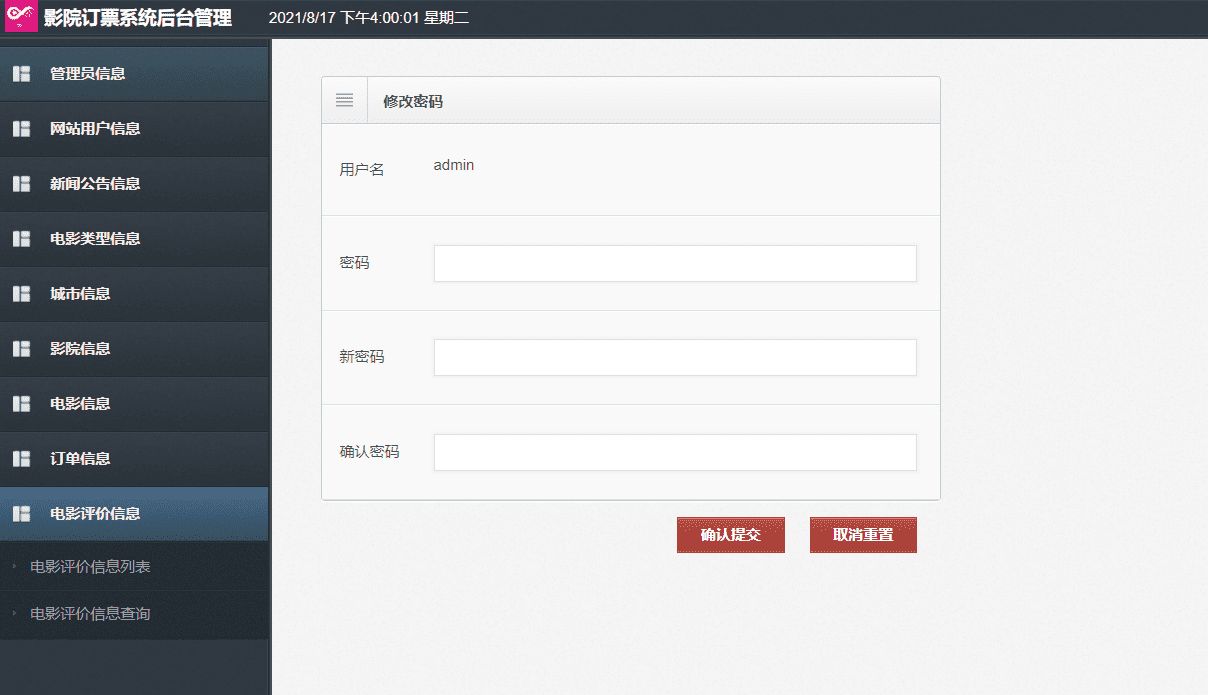
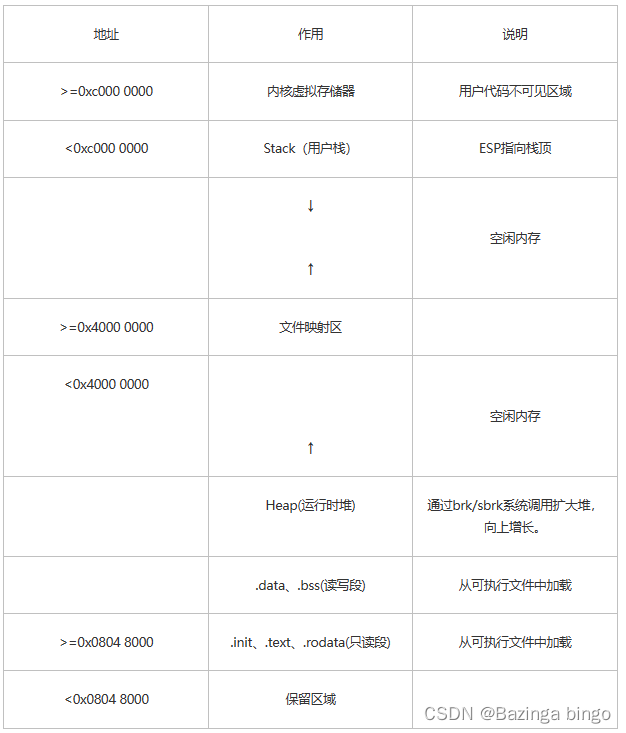
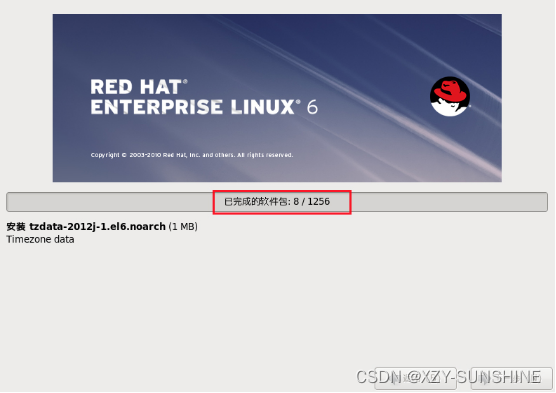





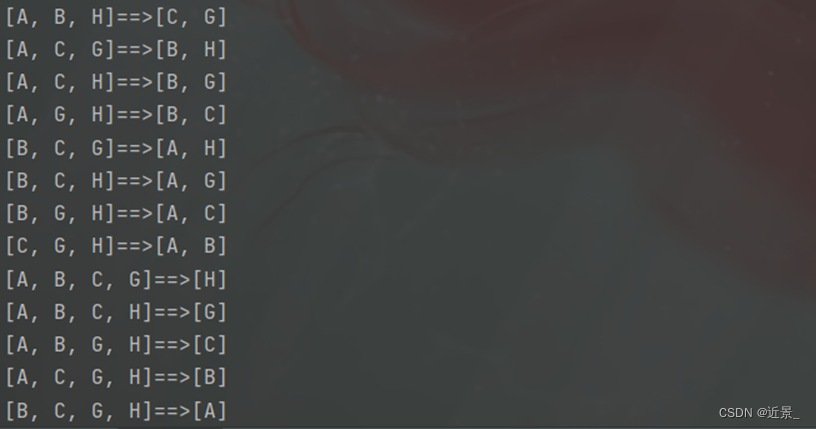
![[附源码]Node.js计算机毕业设计工会会员管理系统Express](https://img-blog.csdnimg.cn/ff8f6a2bc9d44ccabecadeeed1787a8b.png)



